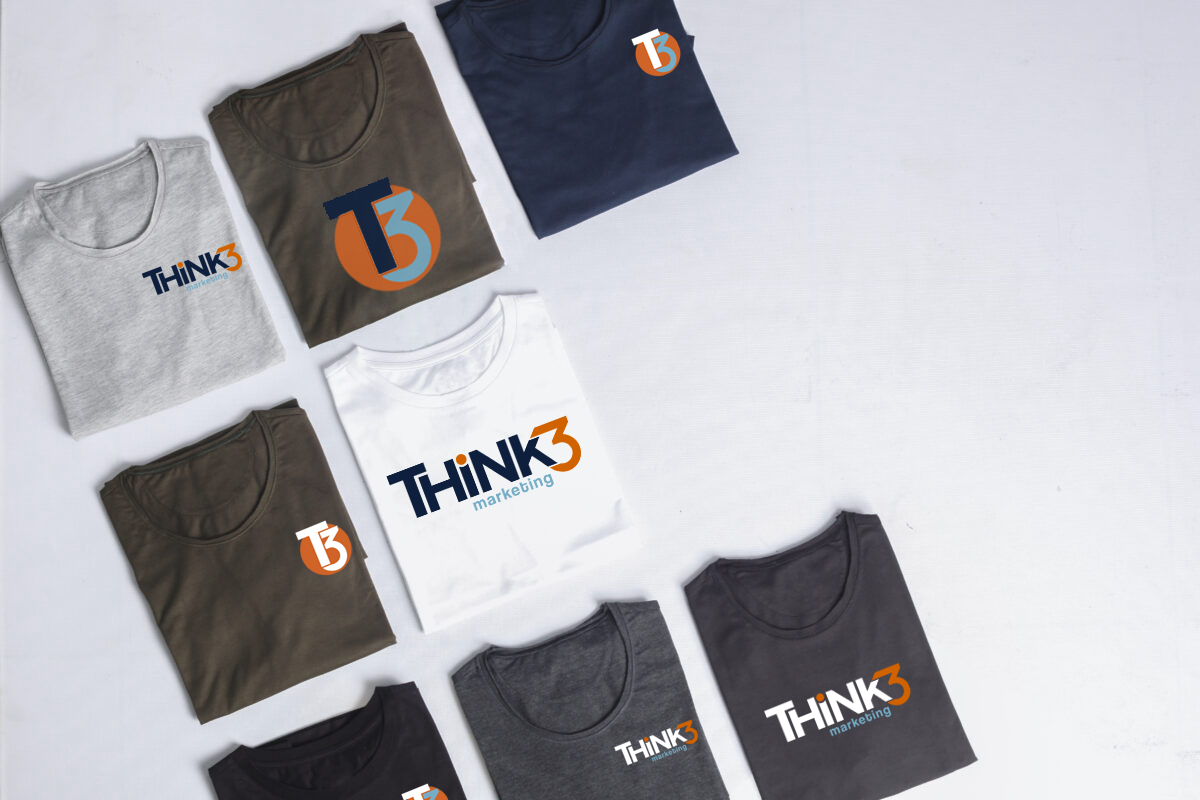Branded apparel is one of the most sought-after promotional items. Almost anyone in any industry can make use of a new apparel item, making it a great component for your promotional merchandise strategy. Apparel has the potential to generate multiple impressions of your brand for many years to come.
USE
When choosing what apparel items to source, think about your audience. Are they active and would prefer more athletic-friendly materials designed for moisture-wicking and sun protection? Are they more practical and would like a good, quality t-shirt or sweatshirt? Are they interested in a more business casual item they could wear to home or office like a fleece vest? Knowing what your audience wants will make your promotional items more valuable to them and increase the likelihood that they will use it over and over. It is also an extension of your brand so choose items that are complimentary to the brand essence (i.e., rugged, outdoorsy, corporate, whimsical, etc.). The goal of promotional merchandise is to promote your company and also to be a value to your customer!
QUALITY
Let’s talk quality. When making the decision to invest in branded apparel, it is very important that you don’t just choose the lowest cost item. Lower cost items generally have lower quality materials that aren’t always comfortable and may not hold up well after a few washes. The last thing you want is for your logo design to be peeling or faded or for it to end up in the trash after a couple of uses. There are a variety of fabrics used in apparel items. Below illustrates some of the most common fabrics, their characteristics and common uses:
MATERIAL |
CHARACTERISTICS |
USE |
100% Cotton |
breathable, comfortable, cost-effective | t-shirts, sweatshirts, polo shirts |
Cotton-Poly Blend |
comfortable, durable, less shrinking | fleece vests, t-shirts, hoodies, office wear |
Polyester |
moisture wicking, long-lasting | fleece jacket, fleece vest, polo shirts, sportswear |
COLOR
Choosing the right colors for your promotional apparel involves using a few tactics. One of the most common is to choose colors that complement your company’s brand and logo or artwork.
Tip: Many companies have branding guidelines that can direct the use of logos on various apparel items. Another tactic is to choose a color that is neutral like, white, black or gray, and would go with most logos. Also keep in mind the industry. For example, if the industry is construction or environmental, a white t-shirt may not be a good color to choose due to the nature of the job and being exposed to elements. Bright and neon colors while attention grabbing, may not be attractive for the every-day use. Again, the goal is for apparel to be valuable to the customer and to be used over and over again.
DECORATION
When decorating an apparel item with a logo or artwork there are a few different methods used. The first and most common is screen printing. Screen printing is a method where a screen is custom designed to the artwork of choice and t-shirt paint is then applied via that screen to imprint the design. This method is very cost-effective and long-lasting, resulting in vibrant colors. It is a method that takes longer and is often used for larger orders. Another common decoration method is heat-transfer. This is a method where a design is printed on transfer paper and is then imprinted onto an apparel item via a heat press. Heat transfer is good for smaller orders and for orders with more complex color designs or photography-based designs. Embroidery is one of the most traditional methods often used in the promotional apparel industry. This method is where a digital artwork file is converted to an embroidery stitch file and then embroidered onto an apparel item with a machine. It works best on thicker fabrics like jackets, vests, hats, or backpacks. An embroidered logo tends to last longer and leaves a professional and sophisticated look.
LOCATION
Most apparel items have multiple imprint location opportunities. This allows for more exposure and creativity in how your brand or artwork is reflected. Front, back, sleeve, and pocket are all common imprint locations. You can also pair logos, slogans and artwork all on the same apparel item by making use of different locations. For example, a logo can be printed front-left chest and the slogan can be printed larger on the back. Get creative but remember not to clutter apparel with artwork. Too much artwork will detract attention and confuse the branding.
Promotional apparel is a fantastic component to be added to any marketing strategy for internal campaigns, product launches, brand awareness, and other marketing campaigns. Here at Think3 we have a team of professionals who are experienced in sourcing and helping clients design their promotional apparel merchandise. Feel free to browse our online store here and reach out any any time for assistance in designing your apparel strategy!



